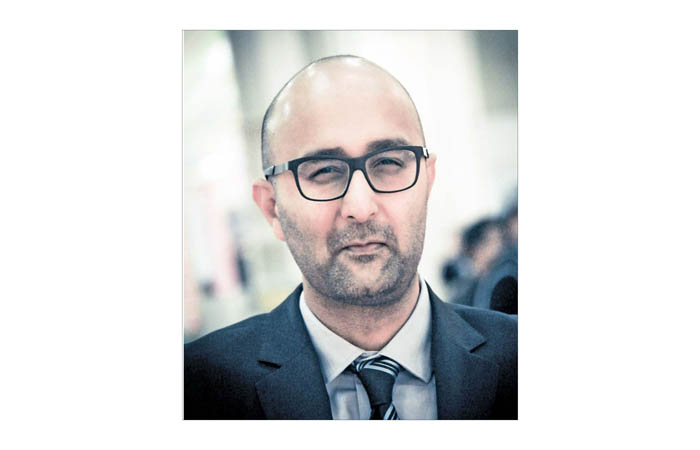Inbound tourism is passing through a rough patch and the industry needs new ways and means to propel this sector. It’s time the industry looks beyond its conventional source markets and develops innovative products to give a breath of fresh air to inbound tourism.
According to the World Economic Forum’s Global Travel and Tourism Competitiveness Report 2017, India’s ranking in the Travel and Tourism Competitiveness Index (TTCI) moved up 12 positions from 52 in 2015 to 40 in 2017. India is one of the countries that improved the most, however, it still lagged behind its Asian counterparts like Japan and China, which occupied the 4th and 13th ranks, respectively.
India as a country and as an economy has progressed very well in the last decade in terms of its infrastructure. Be it seamless road connectivity; world class airports; hotels of international standards; power generation; rapidly evolving technology; automobile; advancement in space technology etc., India has gained across various spectrums compared to other countries. There is an emphasis on training and education as well, and all these advancements have directly or indirectly aided in increasing the travel and tourism competitiveness and growth of India as a tourist destination. However, despite all these advancements, India still lags behind its Asian competitors when it comes to being the most favoured tourist destination among international tourists. This is probably because tourism does not seem to be a priority sector in the country. Till date, we do not have a well-defined tourism policy and other challenges include lack of effective promotion at both national and international platforms. To add to it all is the unfriendly tax structure on hotels, which has been aggravated by the introduction of Goods and Services Tax (GST) for the tourism and hospitality sector.
The inbound tourism industry has become very sensitive and unstable. With changing times, the world is going through a major crisis, be it in the form of terrorism, economic slowdown or lack of growth. In India, with the new tax regime, changes in various policies and lack of clear vision for tourism, the industry is in a turmoil. Then there is the unorganised nature of this sector. There are small fly-by-night operators mushrooming across the country who operate from their homes at no operating cost and lure tourists with cheap prices using free and unlicensed guides which add to the negative publicity of the country as an unsafe and unreliable tourist destination. I suggest and recommend that the industry must join hands, consolidate and fight these times together.
The industry has a pool of talented professionals and it is just a matter of putting our act together. If young professionals with experience and passion for their profession collaborate, discuss, churn out new ideas, develop new innovative products, explore newer markets, introduce and adapt new technology and also focus on quality education and training, I am sure there are no challenges which cannot be overcome when it comes to propelling India’s growth as a tourism hub.
I believe the key lies in the fact that the various stakeholders of both the tourism and hospitality industries need to unite as a single entity to deal with the challenges head-on, with an element of professionalism. India as a country has everything that a tourist would look for and we too can attract large numbers of foreign tourists if we have the vision and unity amongst ourselves.
As far as our hotel industry is concerned, they are not focusing on the inbound segment as they used to because business has become unpredictable, prices are shrinking and so is their profit margin. That is why hotels are focusing on other verticals like weddings, MICE, corporates, OTAs and domestic tourism.
The tourist season is going to start from October and we have a series of major fairs and exhibitions worldwide. We need to make the best use of these fairs. India Tourism should present itself with a lot of pomp and show like Indian Maharaja, attracting a lot of media eyeballs, both print and electronic. They should be visible in social media. It should be backed up by the Incredible India campaign on buses and other mediums which was done aggressively in the past. I understand collective planning and effort will create interest and this will definitely increase the tourist numbers.
Bharat Bhushan Atree, Managing Director, Caper Travel Company
(The views expressed are solely of the author. The publication may or may not subscribe to the same.)
 TravTalk India Online Magazine
TravTalk India Online Magazine








